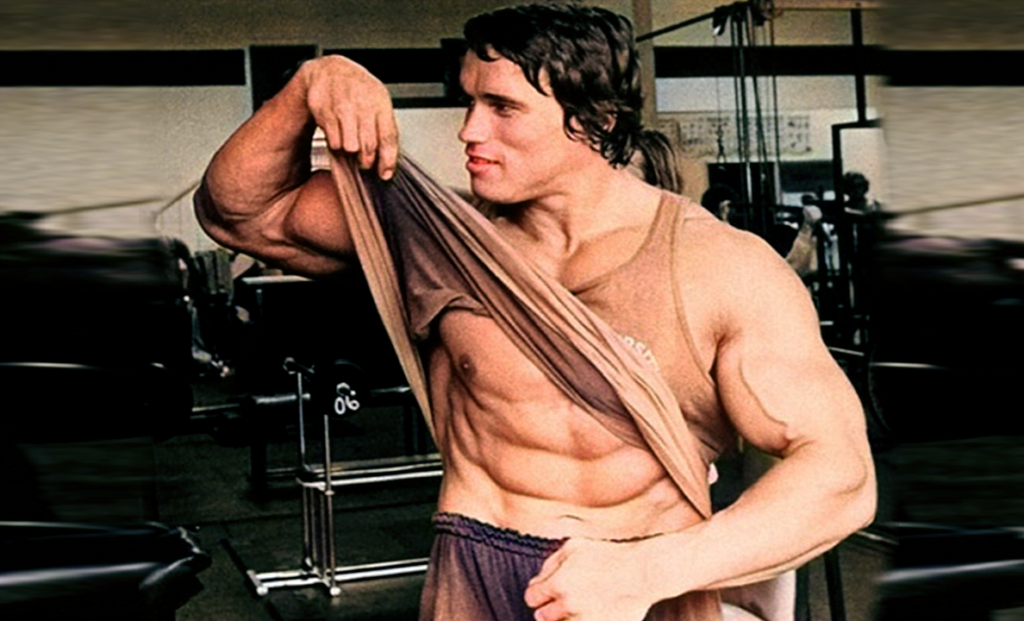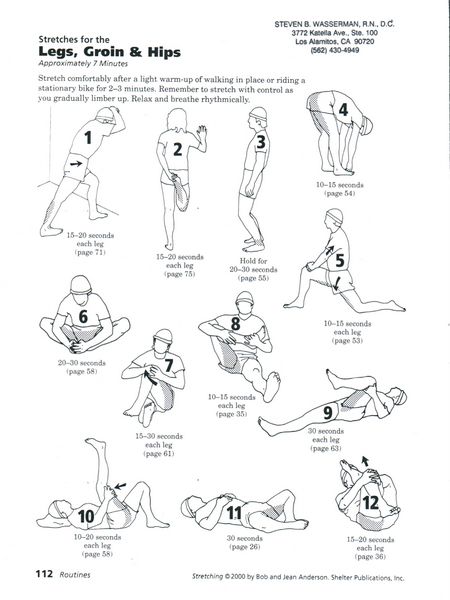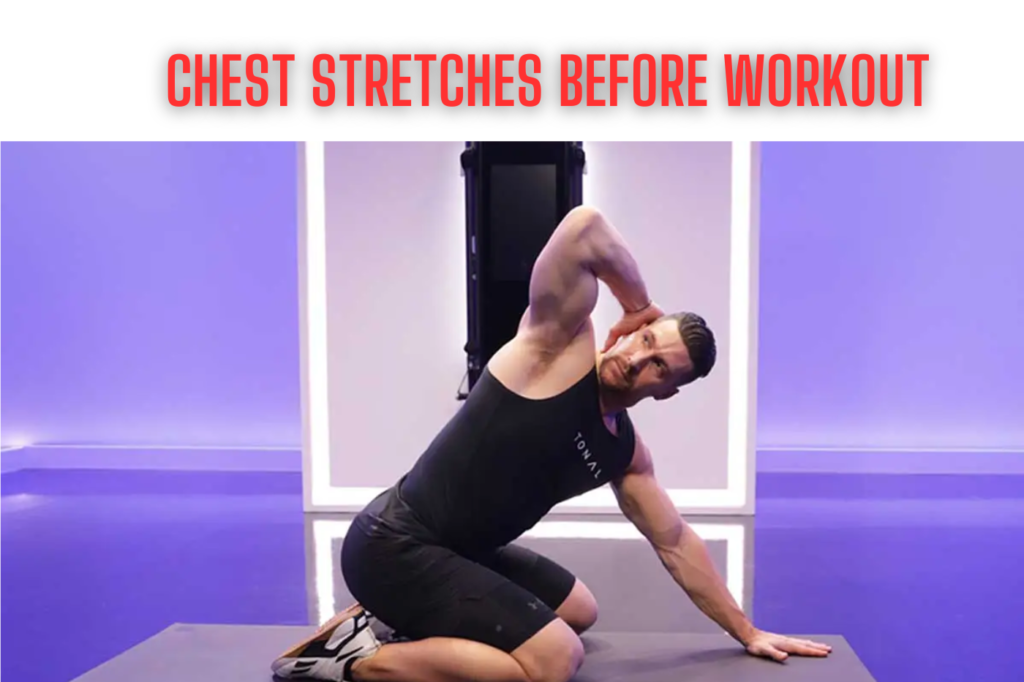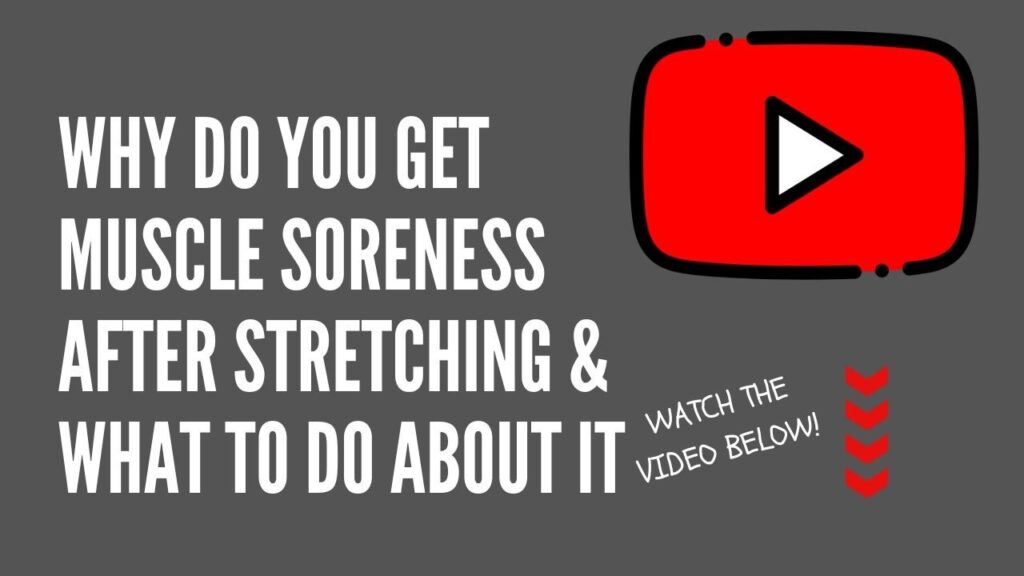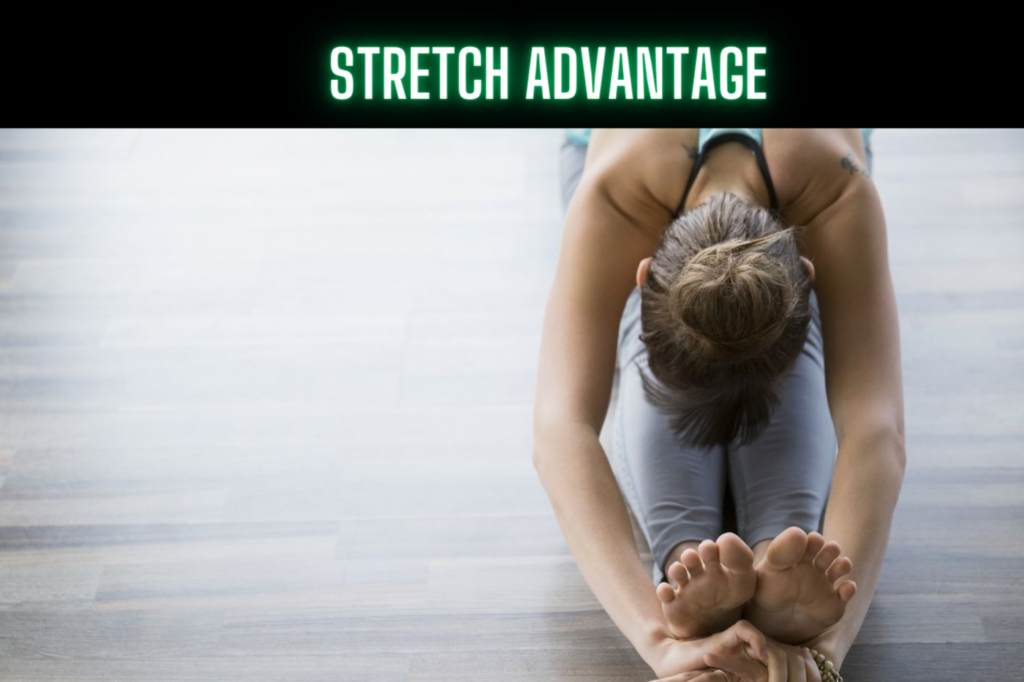Becoming flexible can take a few weeks to several months. The duration depends on consistency, age, and individual body conditions.
Flexibility is essential for overall physical health and well-being. It enhances performance in physical activities, reduces the risk of injuries, and improves posture. Regular stretching exercises play a crucial role in achieving flexibility. People often see initial improvements within a few weeks.
Consistency is key, as sporadic efforts yield minimal results. Factors such as age, current fitness level, and specific body conditions significantly impact the time required to become flexible. Incorporating a variety of stretches and maintaining a balanced routine help in achieving better results. Setting realistic goals and being patient are crucial for long-term flexibility success.

Credit: www.youtube.com
Flexibility Fundamentals
Flexibility is the ability of your muscles and joints to move freely. It helps you perform everyday activities with ease. Stretching and various exercises can improve your flexibility. Consistent practice leads to better results.
Increased flexibility can reduce the risk of injuries. It also improves posture and enhances athletic performance. Flexible muscles allow for more efficient movement. This can lead to better overall physical health. It can also reduce muscle soreness and tension.

Credit: straighttalkingfitness.com
Variables Affecting Flexibility
As people age, their muscles and joints become less flexible. Younger people usually have more flexible bodies. Stretching regularly can help maintain flexibility over time.
Women are generally more flexible than men. This is due to hormonal differences and body structure. Men can improve their flexibility with regular stretching and exercise.
Genetics play a big role in flexibility. Some people are naturally more flexible. Others may need to work harder to achieve the same level of flexibility. Regular practice can help improve flexibility, regardless of genetic factors.
Flexibility Training Techniques
Static stretching is a simple way to improve flexibility. Hold each stretch for at least 30 seconds. This helps lengthen muscles and improve range of motion. Always warm up before static stretching. Cold muscles can get injured easily. Try to relax and breathe deeply during each stretch.
Dynamic stretching involves moving parts of your body. This type of stretching is great before workouts. It helps increase blood flow and muscle temperature. Examples include leg swings and arm circles. Dynamic stretches should mimic the activity you will perform. This helps prepare your body for exercise.
PNF stretching stands for Proprioceptive Neuromuscular Facilitation. This technique involves both stretching and contracting the muscle. It is often done with a partner. First, stretch the muscle, then contract it for a few seconds. Finally, stretch it further. This method can quickly improve flexibility. Always be careful to avoid overstretching.

Credit: omstars.com
Creating Your Flexibility Routine
First, test your current flexibility. Try to touch your toes. See how far you can reach. This will help you know where to begin. Write down your results. Use them to track your progress. Knowing your starting point helps you set better goals.
Set small, clear goals. Aim to improve a bit every week. For example, reach a little closer to your toes. Small goals keep you motivated. Celebrate each success. This makes your journey fun and encouraging.
Make a balanced schedule. Include stretching in your daily routine. Balance it with other exercises. Stretch in the morning and evening. This keeps your muscles flexible. Do not overdo it. Rest is important too.
Measuring Progress
Regularly track your flexibility to see progress. Use a journal or an app. Write down your goals and achievements. Note how far you can stretch. Record the time spent on exercises.
Check your progress weekly or monthly. Look for improvements in range of motion. Document any pain or discomfort. Adjust your routine based on these notes. Stay consistent for the best results.
Here are some common milestones in flexibility:
- Touching your toes
- Doing a split
- Reaching your arms behind your back
- Improving posture
- Reduced muscle stiffness
Common Flexibility Myths Busted
Many people think flexibility is something you are born with. This is not true. Flexibility can be improved with practice. Stretching regularly helps your muscles become more flexible. Even adults can learn to be more flexible. It just takes time and effort.
Some believe pain means you are making progress. This is a myth. Pain can mean you are hurting yourself. Stretching should feel good, not painful. Listen to your body. Stretch gently and do not force it. You will still make progress without pain.
Nutrition And Recovery For Flexibility
Eating the right foods helps muscles recover faster. Bananas are great because they are rich in potassium. Salmon is another good choice due to its omega-3 fatty acids. These nutrients reduce inflammation. Berries like blueberries and strawberries are also helpful. They contain antioxidants that repair muscle damage. Nuts and seeds provide essential proteins and healthy fats. Eggs are excellent as well. They are rich in protein and help build muscle. Greek yogurt is packed with probiotics and protein. It supports muscle repair. Add these foods to your diet for better recovery.
Staying hydrated is crucial for muscle health. Water helps transport nutrients to muscles. Dehydration can slow down recovery. Electrolytes in sports drinks can also be beneficial. They help balance fluids in the body. Coconut water is a natural source of electrolytes. Drinking enough fluids throughout the day is key. Aim for at least 8 glasses of water daily. Proper hydration keeps muscles flexible and healthy. Don’t forget to drink water before, during, and after workouts.
Challenges And Plateaus In Flexibility Training
Flexibility plateaus can be very frustrating. Consistent practice is key to overcoming them. Try to modify your routine every few weeks. Different stretches target different muscles. This helps in avoiding plateaus. Incorporate dynamic stretches before your main workout. These stretches help in warming up your muscles. Static stretches should be done after the workout. Consistency and patience are important.
Setbacks are common in flexibility training. Listen to your body to prevent injuries. Take rest if you feel pain. Gradual progression is better than pushing too hard. Sometimes, a minor injury can cause a setback. Stay positive and keep a flexible mindset. Track your progress to stay motivated. Consult professionals if setbacks persist.
Success Stories: Rapid Flexibility Transformations
Many people have achieved amazing flexibility in a short time. One person reached full splits in just three months. They practiced daily and followed a strict stretching routine. Another person touched their toes in one month. They used dynamic stretches and yoga poses.
Consistency is key to fast progress. Daily practice shows the best results. Short, intense sessions work better than long, occasional ones. Proper warm-up prevents injuries and improves flexibility. Listening to your body helps avoid overtraining. Setting small, achievable goals keeps motivation high.
Maintaining And Enhancing Flexibility
Stretch every day. This helps muscles stay elastic. Hold stretches for 20-30 seconds. Do not bounce while stretching. Drink plenty of water. Hydrated muscles are more flexible. Eat a balanced diet. Nutrients help muscle recovery. Use proper posture. This prevents stiffness. Take breaks from sitting. Stand up and move around. Sleep well. Rest is crucial for muscle repair.
Try yoga for deeper stretches. Use foam rollers to massage tight areas. Practice dynamic stretches before workouts. These are active movements. Static stretches are good after exercise. They help cool down muscles. Consider Pilates. This strengthens and stretches the body. Seek professional advice. A trainer can guide you. Consistency is key. Regular practice shows results.
Frequently Asked Questions
How Quickly Can You Become Flexible?
Flexibility improvement varies per person. Consistent stretching and exercises can show results in 4-6 weeks. Dedication speeds progress.
How Long Does It Take To Be Flexible Enough To Do The Splits?
Achieving the splits can take anywhere from a few months to a year. Consistent stretching is key. Individual flexibility varies.
Can An Inflexible Person Become Flexible?
Yes, an inflexible person can become flexible. Regular stretching, yoga, and consistent practice improve flexibility over time.
At What Age Is It Hard To Be Flexible?
Flexibility often decreases with age, typically becoming harder around 40. Regular stretching and exercise can help maintain flexibility.
Conclusion
Achieving flexibility varies for everyone, but with consistent effort, progress is inevitable. Start with daily stretching routines and maintain patience. Listen to your body and avoid pushing too hard. Gradual improvements will lead to significant results over time. Stay committed, and you’ll enjoy the benefits of increased flexibility.



